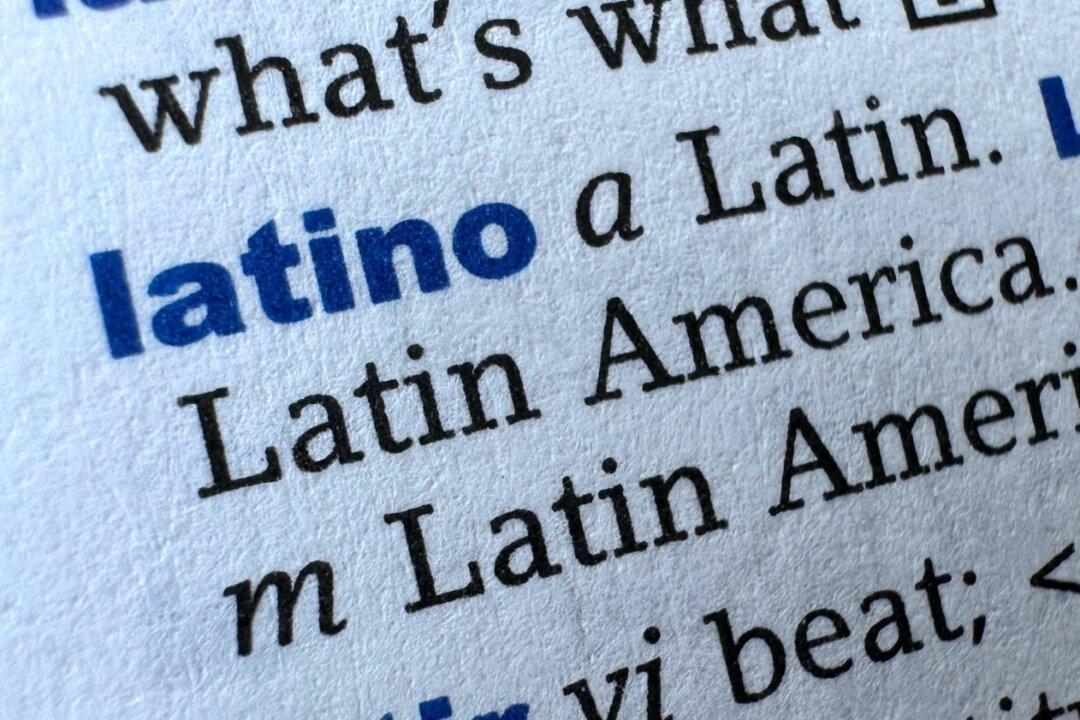Commentary
Forty-five years ago, after two months of U.S. Army boot camp in beautiful, bucolic Ft. Leonard Wood, Mo., in late April 1978 I arrived at the Defense Language Institute in Monterey, Calif., to learn Russian. It was a time of increasing Cold War tensions. Communism was on the march.





